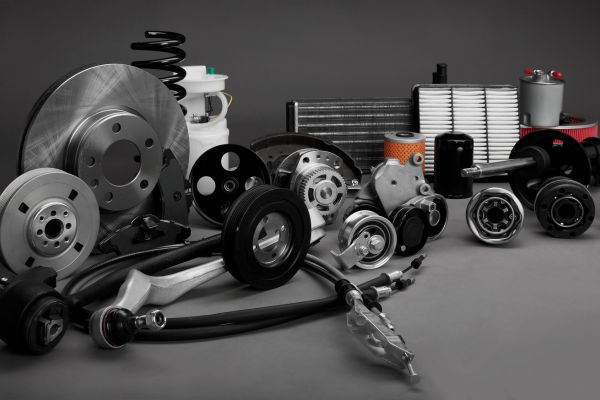Feel like your car is slower than it could be? Less responsive than you would like? It might be time to consider getting some performance upgrades for your car.
As the name suggests, a performance upgrade is any modification made to a vehicle that improves its performance. This can include changes to the engine, suspension, exhaust system, and more.
But before you start making major modifications to your car, you should carefully consider whether they’re worth it. Here are some factors to keep in mind when deciding if performance upgrades are right for you.
What Do You Want To Improve?
The first thing you should consider is what specific aspect of your car’s performance you want to improve. Do you want more horsepower? Better handling and cornering? Faster acceleration? Each type of upgrade will have a different effect on your car, so it’s important to know exactly what you’re looking for.
For example, if you want more horsepower, consider a turbocharger or supercharger that will boost power by forcing more air into the engine. For better handling, invest in suspension upgrades or performance tires that offer improved road grip.
What’s Your Budget?
Performance upgrades can range from relatively inexpensive to extremely costly, so it’s important to set a budget before diving into any modifications. You don’t want to end up spending more than you can afford or getting caught up in the excitement of upgrading your car and overspending.
Are You Planning on Selling a Few Years Down the Road?
Thinking about selling your car in the near future? If you want to increase your car’s resale value, equipping it with high-quality performance parts may be a smart move. Many car enthusiasts are willing to pay top dollar for a well-modified vehicle, so investing in performance upgrades could potentially pay off when it’s time to sell. But not all buyers want modified cars, so consider how upgrades could affect resale value before selling.
Are Parts Easily Available?
It’s easier to find performance parts for some cars. Others, not so much. The Ford Mustang is one example where availability is excellent. There are many places that sell used Ford Mustang parts online, as well as OEM dealers, for those looking to upgrade. But if you have a less common or older vehicle, you may struggle to find the parts you need or end up paying a premium.
Will Upgrades Void Your Warranty?
This is an important question to consider, especially if your car is still under warranty. Many manufacturers have strict policies regarding aftermarket modifications and may void your warranty if you make any changes to your car. Before making any performance upgrades, be sure to carefully read through your warranty and understand its terms and conditions.
Should you get performance upgrades for your car? If you want to enhance your car’s performance and are willing to invest the time and money into modifications, then it’s definitely worth considering. But before you make any changes, be sure to carefully weigh the factors mentioned above to determine if it’s the right decision for you. You don’t want to pour money into upgrades that won’t truly improve your driving experience or leave you with a car that’s difficult to sell in the future. If you’re indecisive, it’s always a good idea to consult a trusted mechanic or fellow car enthusiast for their advice and expertise.

















